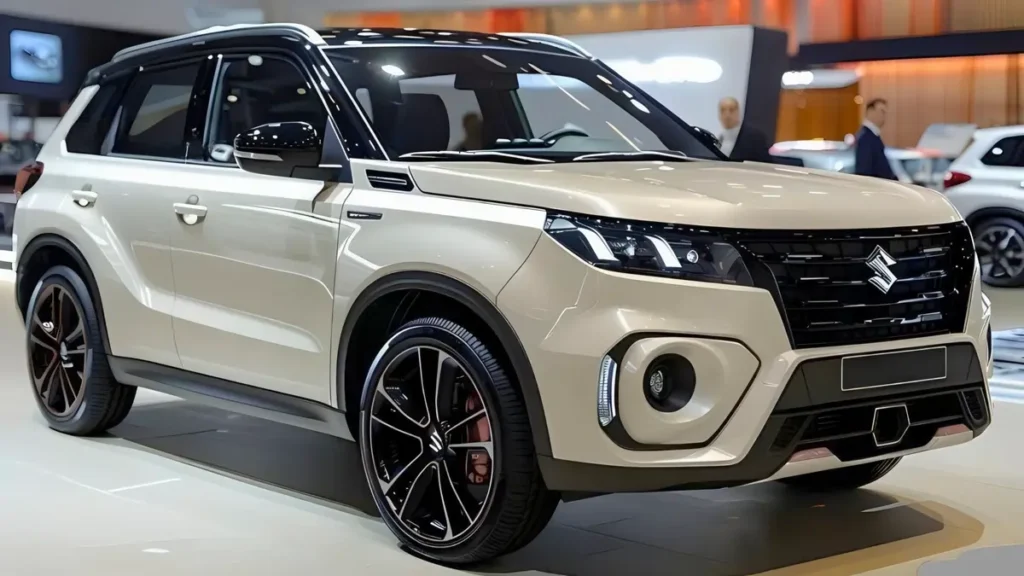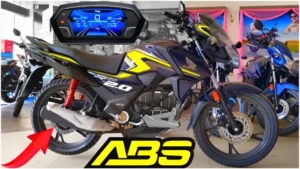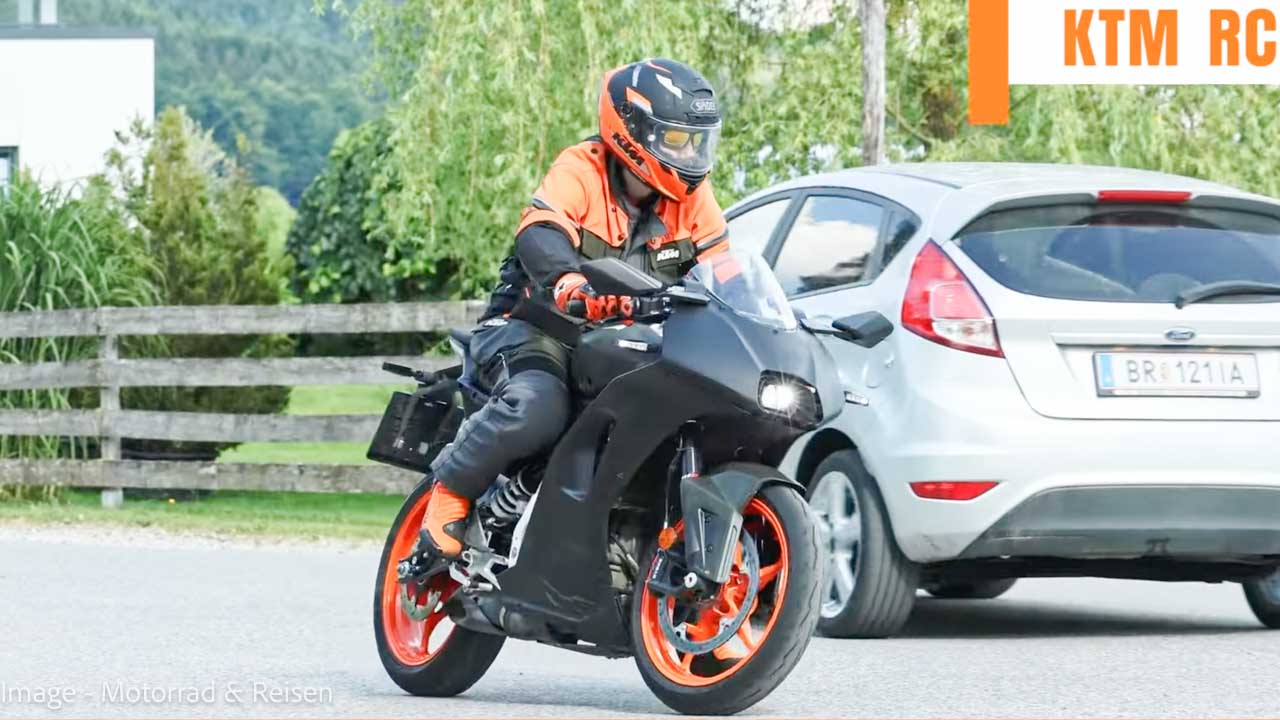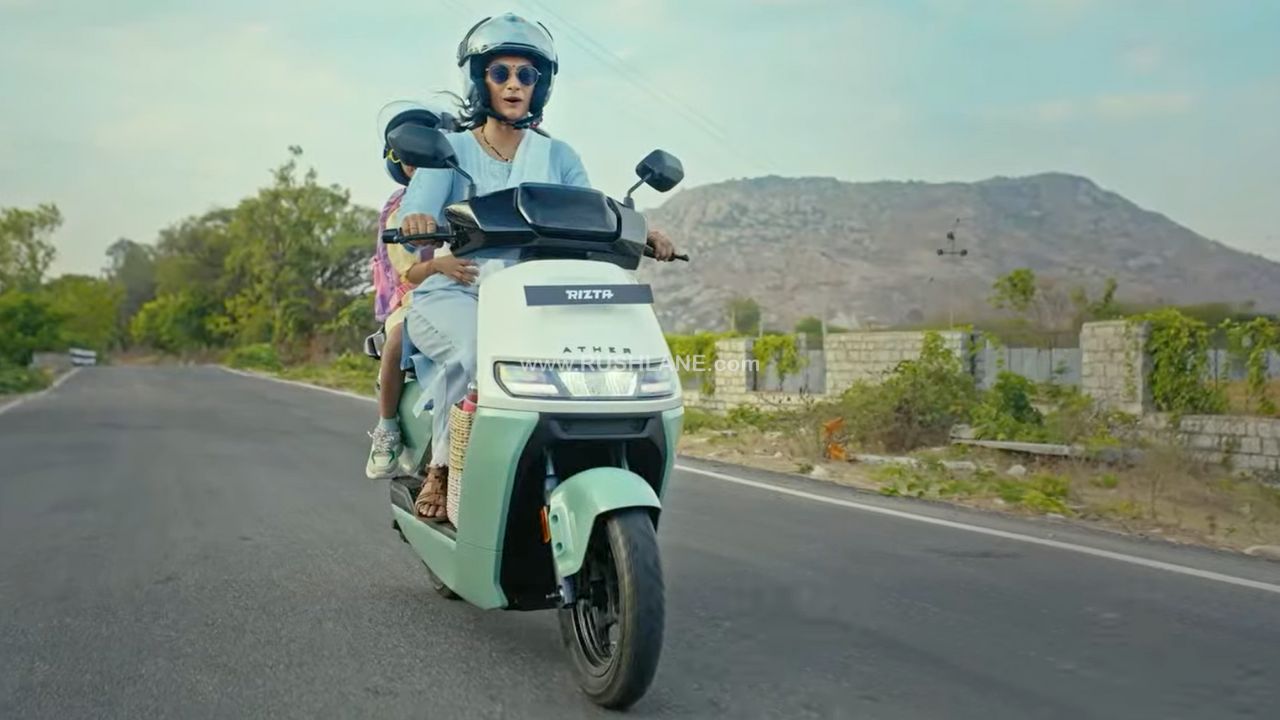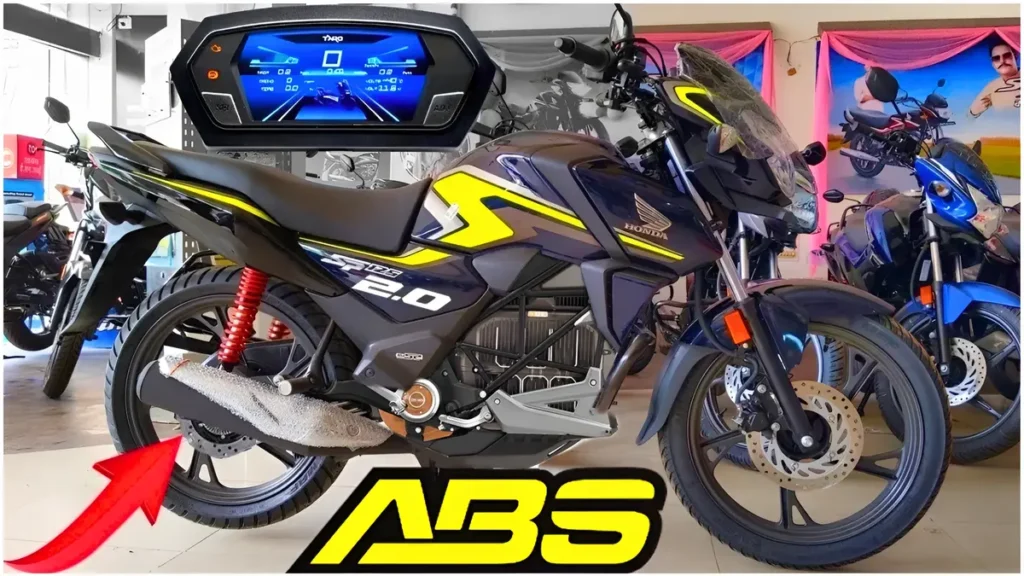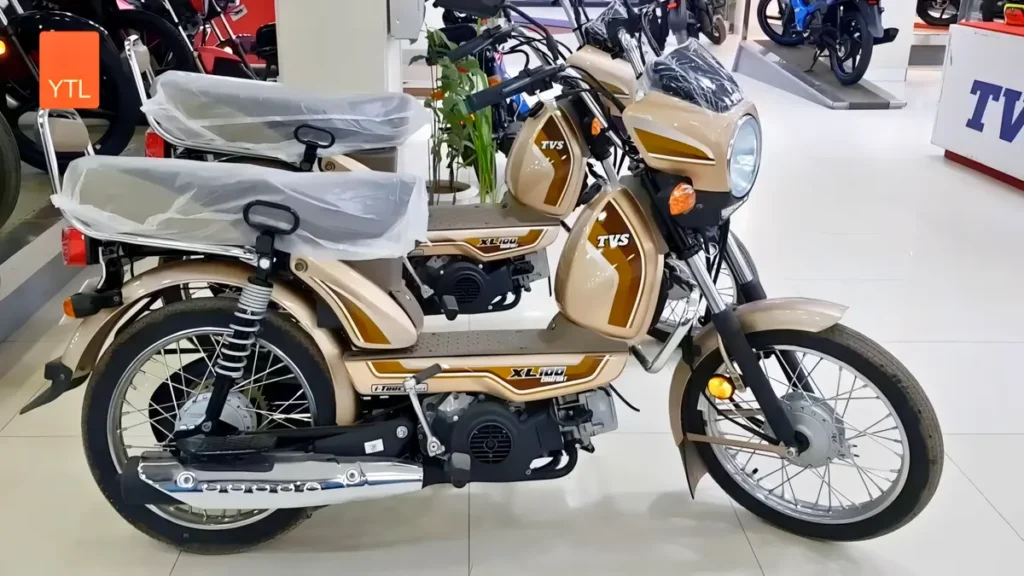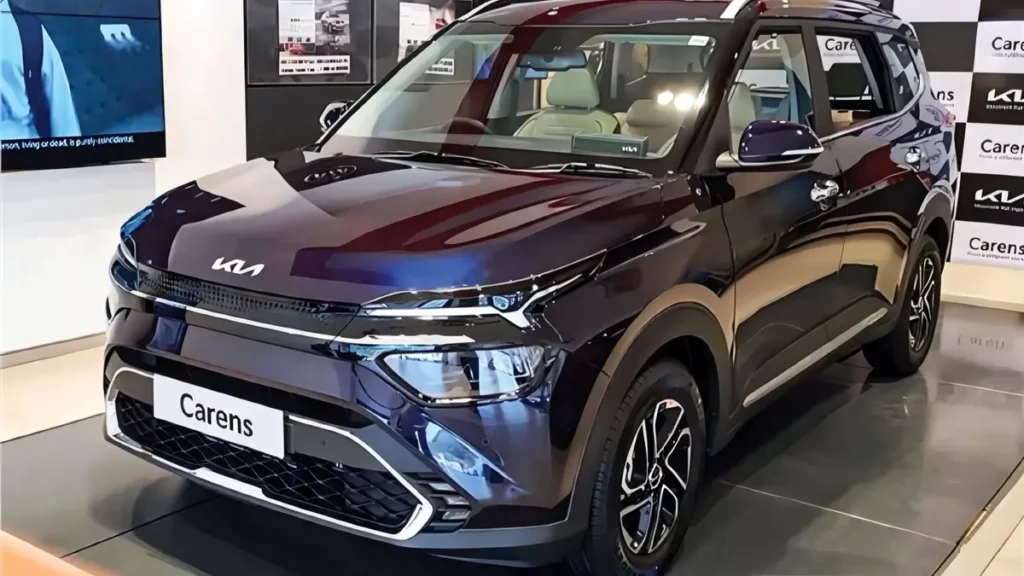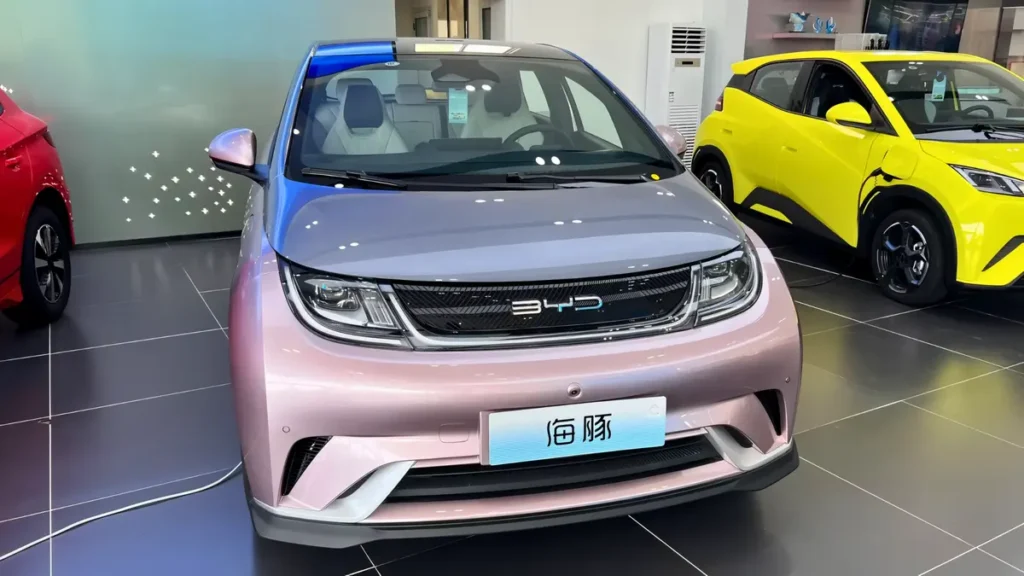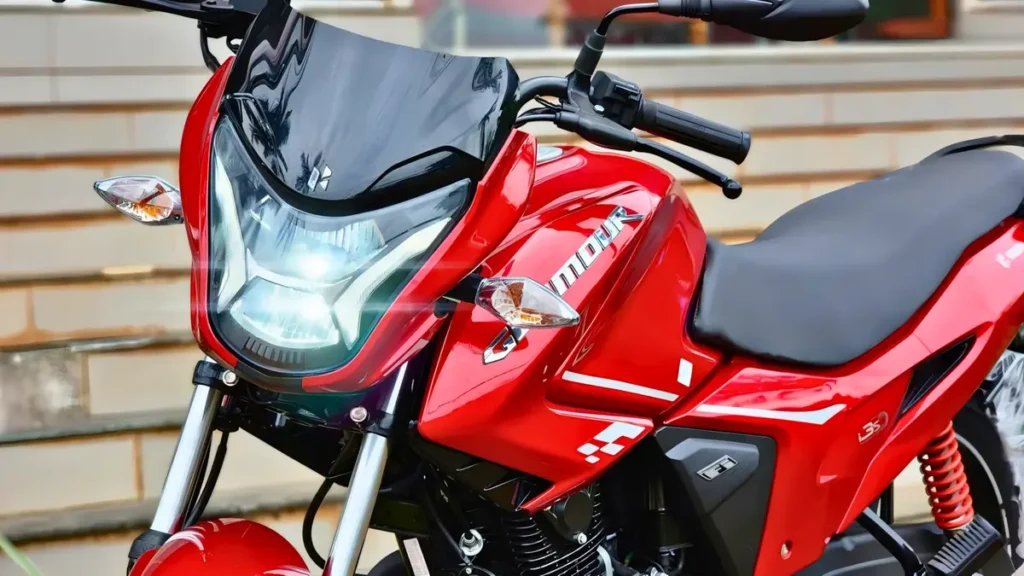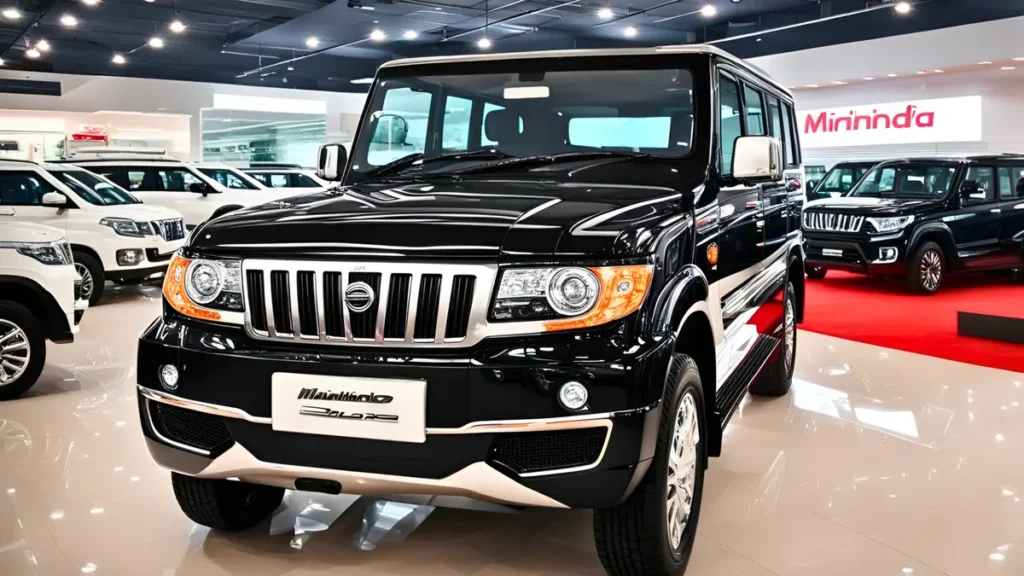Maruti Suzuki, India’s leading automaker, has finally entered the electric vehicle segment with the Maruti e-Vitara. Unveiled earlier in 2025 and set for full market rollout, this compact SUV addresses the demand for practical, efficient EVs in urban and suburban settings. Built on the innovative HEARTECT-e platform co-developed with Toyota, it promises a balance of performance, safety, and affordability. about us
The Maruti e-Vitara stands out with its muscular design and versatile battery options, catering to different driving needs. Whether you’re a daily commuter or occasional long-haul traveler, its blend of range, features, and price makes it a compelling choice in the growing Indian EV landscape.
Launch Details and Availability
The Maruti e-Vitara was officially unveiled at the Auto Expo in January 2025, generating buzz for being Maruti’s first pure electric offering. Production began in August 2025 at Maruti’s Gujarat facility, with deliveries expected to start from September 2025. This timing aligns with India’s push toward electrification, supported by government incentives like FAME-III subsidies.
Available through Maruti’s NEXA premium dealership network, the SUV can be booked online or at showrooms. Early adopters have reported smooth booking processes, with waiting periods estimated at 2-4 months depending on the variant and location.
Pricing and Variants
Pricing is a key highlight for the Maruti e-Vitara, starting at an estimated Rs. 20 lakh (ex-showroom) for the base model, going up to Rs. 25 lakh for top variants. This positions it competitively against rivals like the Tata Curvv EV and MG ZS EV.
The SUV comes in three main variants:
- Delta (Base): Equipped with the 48.8 kWh battery, basic features like LED headlights and a 9-inch touchscreen. Priced around Rs. 20 lakh.
- Zeta (Mid): Adds the 61.1 kWh battery for extended range, plus ventilated seats and a 360-degree camera. Approximately Rs. 22 lakh.
- Alpha (Top): Includes premium additions like Level 2 ADAS, panoramic sunroof, and 19-inch alloys. Tops out at Rs. 25 lakh.
These prices include an 8-year/1.6 lakh km battery warranty, enhancing trustworthiness. For exact on-road costs, factor in state-specific EV incentives, which can reduce the effective price by up to Rs. 3 lakh.
Battery, Range, and Performance
At the heart of the Maruti e-Vitara is its advanced battery system. Buyers can choose between a 48.8 kWh pack offering up to 346 km WLTP range or a 61.1 kWh version with up to 428 km WLTP range. In Indian testing cycles like ARAI, the larger battery claims an impressive 500 km on a single charge, ideal for inter-city trips.
Performance varies by variant:
- The base model delivers 142 bhp and 192.5 Nm torque, accelerating from 0-100 kmph in about 9 seconds.
- Higher trims with the larger battery boost output to 172 bhp, with an optional AWD setup providing 300 Nm for better traction.
Driving modes include Eco, Normal, Sport, and Snow, allowing customization for efficiency or thrill. The e-Axle system, manufactured in India, ensures smooth power delivery and regenerative braking to extend range.
Charging is convenient: A full charge via a 7 kW home wallbox takes 8-10 hours, while DC fast charging (up to 70 kW) tops up to 80% in 50 minutes. Maruti’s Suzuki Connect app integrates charging station locators, making long drives hassle-free.
Design and Exterior Features
The Maruti e-Vitara sports a bold, aerodynamic exterior that screams modernity. Its polyhedral muscular stance, inspired by global Suzuki models, features sharp lines and a sculpted 3D appearance. Key highlights include:
- NEXTrè 3-Point Matrix LED DRLs and headlamps for superior visibility.
- 18-19 inch aerodynamic alloy wheels that reduce drag.
- A futuristic front fascia with a closed grille for better aero efficiency.
- Connected LED taillamps and roof rails for a premium look.
Available in 10 color options, including dual-tones like Arctic White with Bluish Black roof, it appeals to style-conscious buyers. Dimensions stand at approximately 4.3 meters long, with a long wheelbase ensuring stability and space.
Interior and Comfort
Step inside the Maruti e-Vitara, and you’re greeted by a futuristic cabin radiating luxury. The spacious interior accommodates five comfortably, with a long wheelbase maximizing legroom.
Standout interior features:
- 10.25-inch touchscreen infotainment with wireless Android Auto and Apple CarPlay.
- Fully digital 10.25-inch instrument cluster displaying range, navigation, and alerts.
- Ventilated front seats, 10-way power-adjustable driver’s seat, and 40:20:40 split rear seats for flexibility.
- Ambient lighting with multi-color options and a wireless charger.
- Boot space of around 400 liters, expandable with folding seats.
The Twindeck floating console and sunroof add to the premium feel, making it suitable for family outings or daily errands.
Technology and Connectivity
Maruti has packed the Maruti e-Vitara with tech to enhance the driving experience. The Suzuki Connect suite offers:
- Remote vehicle status checks via app or smartwatch.
- Navigation to nearby charging stations with real-time availability.
- Scheduled charging to optimize off-peak electricity rates.
- Over-the-air updates for software improvements.
Top variants include Vehicle-to-Load (V2L) functionality, allowing the battery to power external devices like laptops during camping trips.
Safety Features
Safety is paramount in the Maruti e-Vitara, aligning with Maruti’s commitment to trustworthy vehicles. It comes standard with:
- Six airbags (up to eight in higher trims), including a driver’s knee airbag.
- Electronic Stability Program (ESP), ABS with EBD, and traction control.
- Level 2 ADAS with over 15 features: Adaptive Cruise Control, Lane Departure Warning, Automatic Emergency Braking, and High Beam Assist.
- 360-degree camera, rear parking sensors, and Acoustic Vehicle Alerting System (AVAS) for pedestrian safety.
These elements contribute to expected high crash test ratings, building on Maruti’s improving safety track record.
Pros and Cons of the Maruti e-Vitara
To help you weigh your options, here’s a balanced look at the Maruti e-Vitara:
| Pros | Cons |
|---|---|
| Affordable entry into EVs with prices starting at Rs. 20 lakh | Base model range of 346 km WLTP may not suit long-distance travelers |
| Impressive feature list including ADAS and connected tech | Higher variants approach Rs. 25 lakh, competing with premium rivals |
| Spacious interior and comfortable seating for families | Boot space could be limited with battery placement |
| Strong battery warranty and nationwide service network | AWD option adds to cost without being standard |
| Eco-friendly with zero emissions and efficient driving modes | Charging infrastructure in rural areas still developing |
Comparison with Competitors
How does the Maruti e-Vitara stack up against other EVs? Here’s a quick comparison table based on key metrics:
| Model | Battery (kWh) | Range (WLTP km) | Price (Rs. Lakh) | Key Features |
|---|---|---|---|---|
| Maruti e-Vitara | 48.8-61.1 | 346-428 | 20-25 | ADAS Level 2, Suzuki Connect, 500 km ARAI |
| Tata Curvv EV | 45-55 | 400-500 | 17.5-22 | Curved display, fast charging, panoramic roof |
| MG ZS EV | 50.3 | 461 | 19-25 | iSmart connectivity, 360 camera, sunroof |
| Hyundai Creta EV | 42-51.4 | 350-450 | 18-23 | BlueLink tech, ventilated seats, ADAS |
| Mahindra XEV 9e | 59-79 | 450-550 | 22-27 | Off-road capable, larger boot, premium interior |
The Maruti e-Vitara excels in value and brand reliability, though it may lag in raw range compared to larger-battery options like the XEV 9e.
Real-World Examples and Case Studies
Early test drives in urban settings like Delhi and Mumbai show the Maruti e-Vitara handling traffic efficiently, with regenerative braking saving 10-15% energy. A case study from a pilot program in Bangalore involved fleet users who reported average daily costs of Rs. 1.5 per km, versus Rs. 5 for petrol SUVs.
One user, a delivery service owner, noted the 346 km range covered multiple city runs without midday charging, reducing downtime. In highway tests, the larger battery variant maintained 80% efficiency at 100 kmph, proving its versatility.
What’s New in 2025 for the Maruti e-Vitara
2025 marks the debut year for the Maruti e-Vitara, introducing several innovations:
- India’s first locally assembled e-Axle for better efficiency and cost savings.
- Enhanced thermal management for batteries, ensuring performance in extreme Indian climates from -30°C to 60°C.
- Integration with the “e for me” app for optimized charging routes and service support.
- Focus on sustainability with recycled materials in interiors and energy-efficient manufacturing.
These updates reflect Maruti’s adaptation to 2025’s EV trends, emphasizing accessibility and tech integration.
For more details on Maruti’s EV journey, check out the official NEXA website: NEXA e-Vitara. Additionally, explore in-depth reviews on CarWale: CarWale e-Vitara.
If you’re interested in learning more about our website’s EV resources, visit #ev-hub for guides and comparisons.
Frequently Asked Questions (FAQs)
What is the price of the Maruti e-Vitara in India?
The Maruti e-Vitara starts at Rs. 20 lakh (ex-showroom) for the base variant with 48.8 kWh battery and goes up to Rs. 25 lakh for the top model. Prices vary by state due to EV subsidies; check local dealers for on-road costs.
What is the real-world range of the Maruti e-Vitara?
The base model offers about 300-320 km real-world range, while the 61.1 kWh variant delivers 380-420 km depending on driving conditions. Factors like traffic and AC usage affect this; use Eco mode for maximum efficiency.
Does the Maruti e-Vitara support fast charging?
Yes, it supports up to 70 kW DC fast charging, reaching 80% in 50 minutes. Home charging with a 7 kW wallbox takes 8-10 hours for a full charge. The app helps locate stations.
Is the Maruti e-Vitara safe for family use?
Absolutely, with six airbags, Level 2 ADAS, ESP, and a 360-degree camera. It’s designed for Indian roads, offering stability and pedestrian alerts via AVAS.
How does the Maruti e-Vitara compare to the Tata Curvv EV?
The Maruti e-Vitara offers similar pricing but adds Maruti’s service network and ADAS features. The Curvv has a slightly larger boot, but e-Vitara edges in interior comfort and battery warranty.
What warranty does the Maruti e-Vitara battery have?
The battery comes with an 8-year/1.6 lakh km warranty, covering degradation. Maruti’s nationwide service ensures easy maintenance.
Conclusion
The Maruti e-Vitara represents a significant step for Maruti Suzuki in the EV space, offering a blend of 346 km WLTP range, modern features, and competitive pricing that appeals to budget-conscious buyers. With its spacious design, advanced safety, and efficient performance, it’s poised to disrupt the Indian EV market. Whether you’re upgrading from a petrol SUV or entering the electric world, this model delivers value without compromise. contact us
